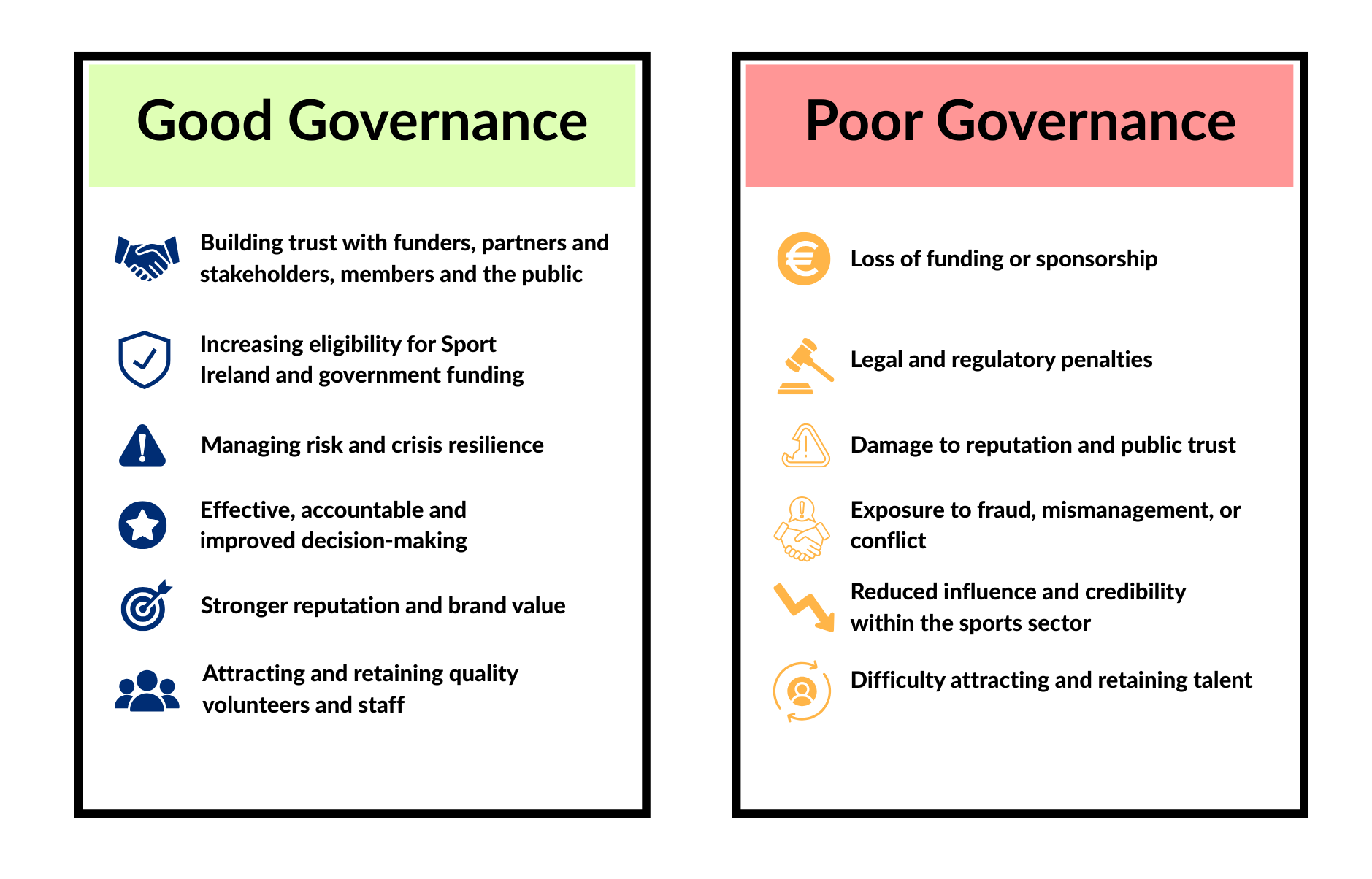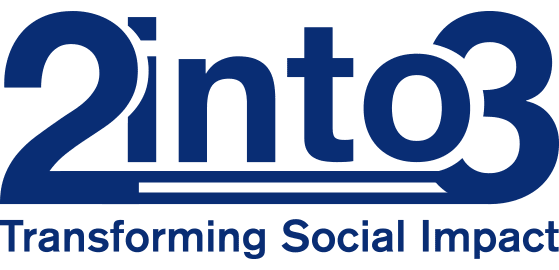
Why Sports Bodies Need to Up Their Game on Governance
With AGM season now complete in the sports sector, and as new Boards and committees take shape, it’s the ideal time to up your governance game. Fresh leadership brings fresh perspectives and opportunities. However, more importantly, embedding good governance practices at this time sets the tone for a successful and accountable year ahead.
Effective governance is not just a box-ticking exercise. It is the foundation for trust and, critically, for funding, which ultimately supports long-term success. National Governing Bodies (NGBs) that prioritise robust governance frameworks not only protect their reputation but also unlock new opportunities for growth, sponsorship, and impact. Embracing good governance and leading by example sets the standard for integrity and excellence in Irish sport – the shared mission of all NGBs.
Too often governance is side lined, by too many NGBs, as a ‘nice to have’ but too heavy a lift. But in reality, good governance is an important hygiene factor.

To be really clear, apathy is not an option. NGBs have legal and regulatory obligations like:
- Compliance with the Companies Act 2014 (if incorporated):
This includes directors’ duties, financial reporting, and the filing of annual returns. - Adherence to the Sport Ireland Governance Code:
All funded NGBs must adopt and implement the Governance Code for Sport, demonstrating compliance or clearly explaining any deviations (“comply or explain”). - Child Safeguarding Legislation:
Under the Children First Act 2015, NGBs must have child protection policies in place and appoint designated liaison persons. - Data Protection:
NGBs must comply with GDPR when handling member and participant data. - Anti-Doping and Integrity Policies:
These are required by Sport Ireland and international federations to ensure clean, fair competition.
Post-AGM Governance Checklist
The first Board session following the AGM is an ideal opportunity to assess the organisation’s governance status. This transition point should be used to review and either refresh, renew, or replace governance practices and policies. The result should be practical outcomes, such as clarified roles and terms of reference, along with comprehensive inductions for new Board and committee members ensuring everyone understands their responsibilities and obligations. It’s also a chance to embed demonstrable best practice and compliance, helping to build trust, encourage engagement, and secure continued support.
Taking the First Step
If you’re interested in learning more about optimising your organisation’s governance and reducing your risk, would like a copy of our post-AGM Checklist or like to speak to our Advisory team, contact Sheena Horgan at sheena.horgan@2into3.com.

